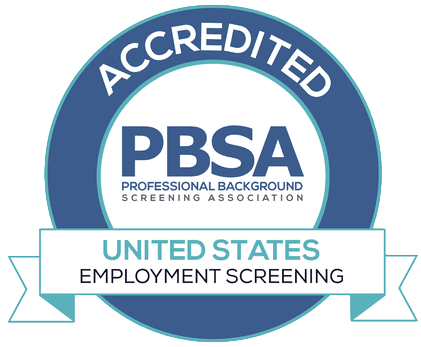The young generation of today is motivated and knows what it wants: careers that offer growth. Likewise, young folks also know what they don’t want: dead-end jobs that won’t deliver the skills and experience they need to succeed.
The truth is, if a company doesn’t consistently work on human resources and employee development, their good employees will seek greener pastures.
So, how can businesses keep up?
What Is Employee Development and Why Is It Important?
According to a 2017 Wasp small business report, half of all companies listed hiring as their top challenge. Meanwhile, it costs much more to replace employees instead of improving the ones a business has. (Wasp Barcode Technologies, 2017)
A study from the Center for American Progress estimates that businesses spend about 16% of an employee’s $30k per year salary seeking and hiring a replacement. That figure only increases as employee salary rises to over 200% for employees working in executive decisions. (CAP, 2012)
Focusing on development can help businesses save money by reducing the need to replace good employees as often.
Not only that, but honing development will help employees feel challenged, valued, and interested – all of which can lead to better production and workflow.
7 Tips for Implementing a Successful Employee Development and Human Resources Program
What is included in an employee development program (EDP) may vary for each company or industry, but listed below are 7 basic tips to implement a great program.
-
Talk to Them and Develop a Plan: The only way to figure out an employee’s professional goals is to ask. What are their interests? What do they hope to achieve? Which skills can help them reach this goal? Consider the skills gaps you see in your company. Is there a growth initiative in the company that this employee may help fill? Your current employees may be the answer to growth questions you are already having.
-
Consistent Evaluation: Employee evaluations shouldn’t be feared and negative – they should be an opportunity for growth. Provide positive feedback and constructive criticism on a regular basis. Make these evaluations a priority on your schedule by setting up a recurring calendar event to keep it top of mind. Keep things casual instead of rigid and formal.
-
Monitor Metrics and Progress: Don’t let words float around – write down findings and monitor progress. Raise the bar as needed to offer new challenges. Monitoring the metrics you define can help to inform the employee evaluations mentioned above.
-
Cross Train: Too many companies compartmentalize their operations. This is a mistake because flexible workplaces foster employee growth and encourage a team that’s optimized for productivity.
-
Offer Incentives: Think outside the box. Help employees gain membership in professional associations and organizations. Use the company’s industry leverage to lift everyone up.
-
Stay Fluid: Everyone has different goals and skill sets. Likewise, not every star salesperson has a personality suited for management positions. Uplift good qualities instead of forcing employees into boxes. Allowing the EDP to change as time goes on allows for new interests or company needs to be explored. The plan should grow with your organization and the employee.
-
Provide Consistent Training: Sign up interested and qualified employees for off-site training programs and seminars to advance their skills. There are many online training subscriptions or course partnerships to explore.
It’s easy to get busy and put workforce development on the back burner. Without it, however, companies are missing out on an opportunity to pour into it’s people.
When Every Team Member Improves, the Company Wins
Unlike generations before them, Millennials want employment that improves their skill set in meaningful ways. The key here is engagement. (Kenan-Flagler, 2012)
A dynamic and engaged team starts with a safe workplace where everyone feels comfortable. ProVerify™ powered by Application Verification offers comprehensive and customizable workforce solutions for background screening, compliance management, and much more.
References
Wasp Barcode Technologies, 2017. State of small business report. Retrieved from
http://www.waspbarcode.com/small-business-report
Center for American Progress, 2012. There are significant business costs to replacing employees. Retrieved from
https://www.americanprogress.org/wp-content/uploads/2012/11/CostofTurnover.pdf
UNC Kenan-Flagler Business School, 2012. Maximizing Millennials in the workplace. Retrieved from


